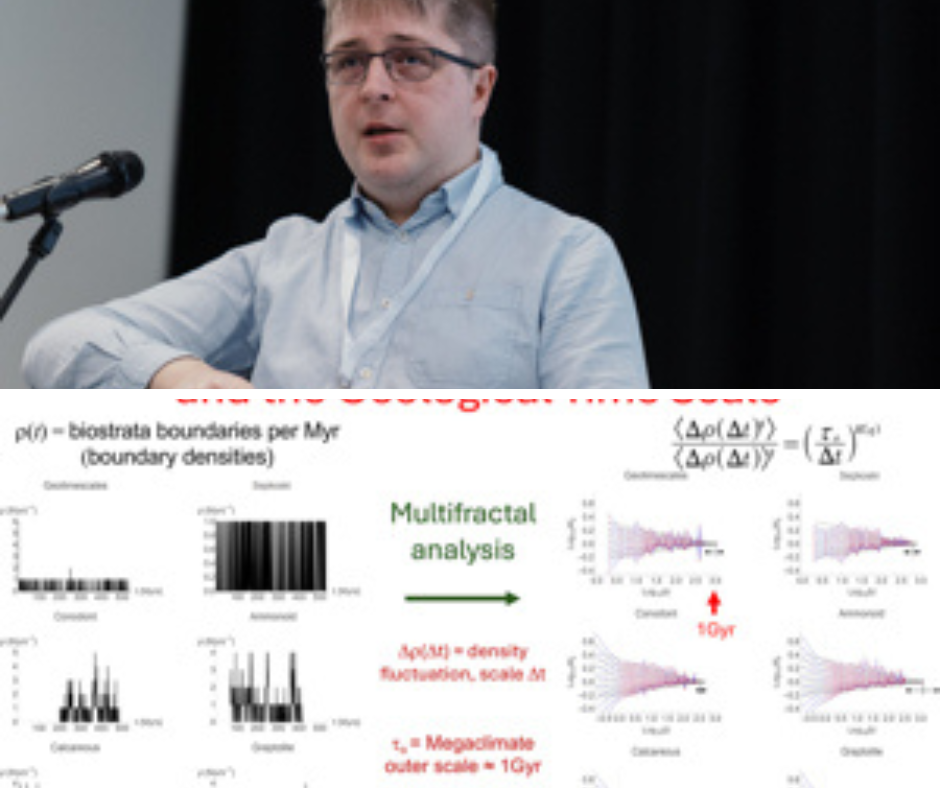Geological time patterns, Hidden cycles in Earth’s history, Mass extinction cycles, Climate change in geological time, Fossil record analysis, Geological discoveries, Evolutionary history of Earth, Rock layer study, Ancient climate patterns, Earth’s hidden history.

Hidden Patterns in Geological Time Questions & Answers (Q&A)!
Q1. What is Geological Time?
Ans⏰ ~ Geological time is the timeline that divides Earth’s history into millions and billions of years, including eras such as the ancient, middle, and modern ages.
Q2. What new patterns have scientists discovered in geological time?
Ans⏰ ~ Researchers have found that mass extinctions, climate shifts, and changes in Earth’s crust occur in certain cyclical patterns.
Q3. How were these patterns discovered?
Ans⏰ ~ By analyzing rock layers, fossils, and chemical elements, scientists traced recurring changes that revealed hidden cycles.
Q4. Why are these patterns significant in Earth’s history?
Ans ⏰ ~ They help us understand how life evolved on Earth and what conditions led to large-scale transformations.
Q5. Can these patterns help predict the future?
Ans ⏰ ~ Yes, if these cycles are accurately understood, scientists can estimate future climate changes, geological events, and impacts on biodiversity.
Q6. How could this discovery impact human life?
Ans ⏰ ~ It may help us better prepare for challenges like climate crises, earthquakes, volcanic eruptions, and ecological imbalances.
Q7. Are these geological patterns also linked to space?
Ans ⏰ ~ Some studies suggest Earth’s changes may also be connected to solar activity, comet impacts, and cosmic radiation cycles.
📚 Read These Also:-
- The Voice season 28 premieres with new coach Michael Buble!
- The Mandalorian and Grogu release date!
- Jimmy Kimmel Live!” returns after suspension!
- The Mandalorian and Grogu movie trailer released!
- Harry Potter actress Jessie Cave banned from convention for OnlyFans!
Conclusion:- The discovery of hidden patterns in geological time offers a deeper understanding of Earth’s past and its evolutionary journey.